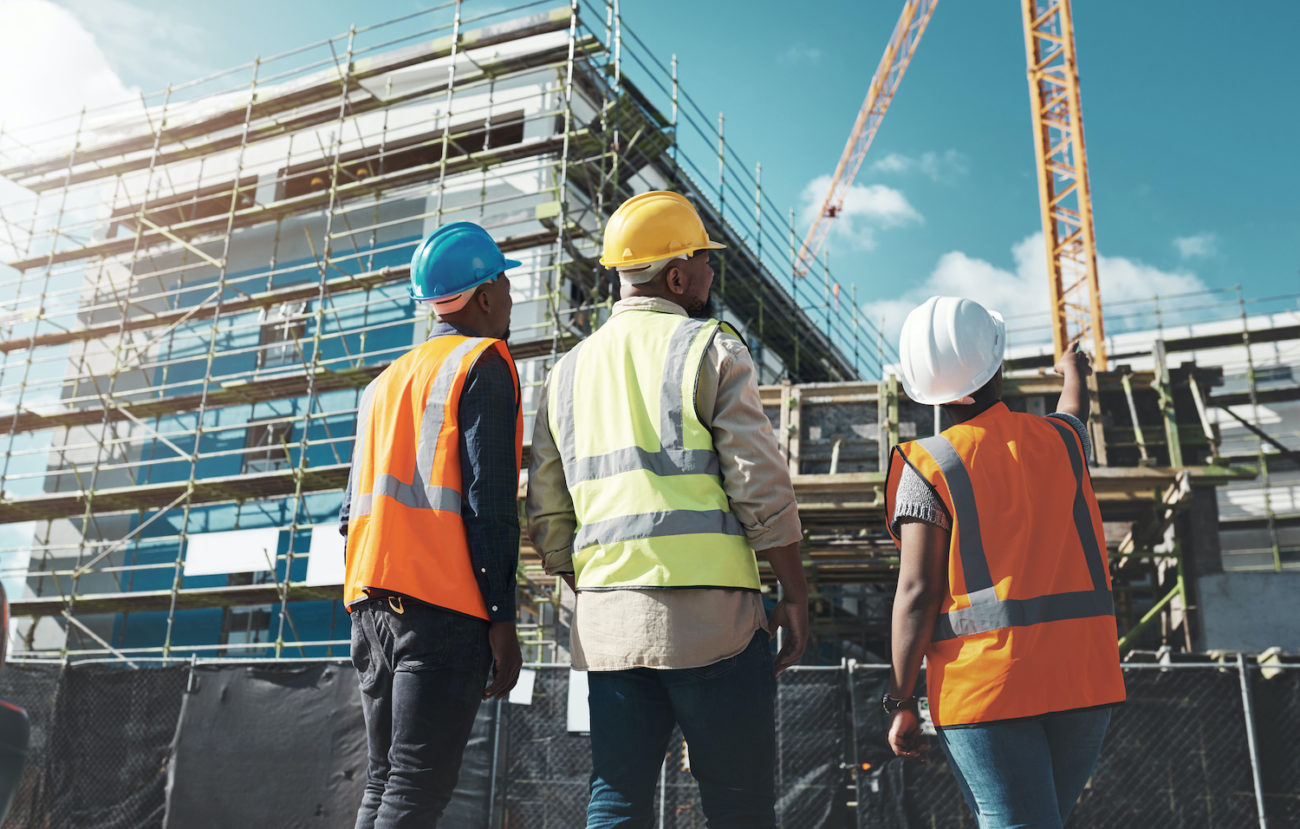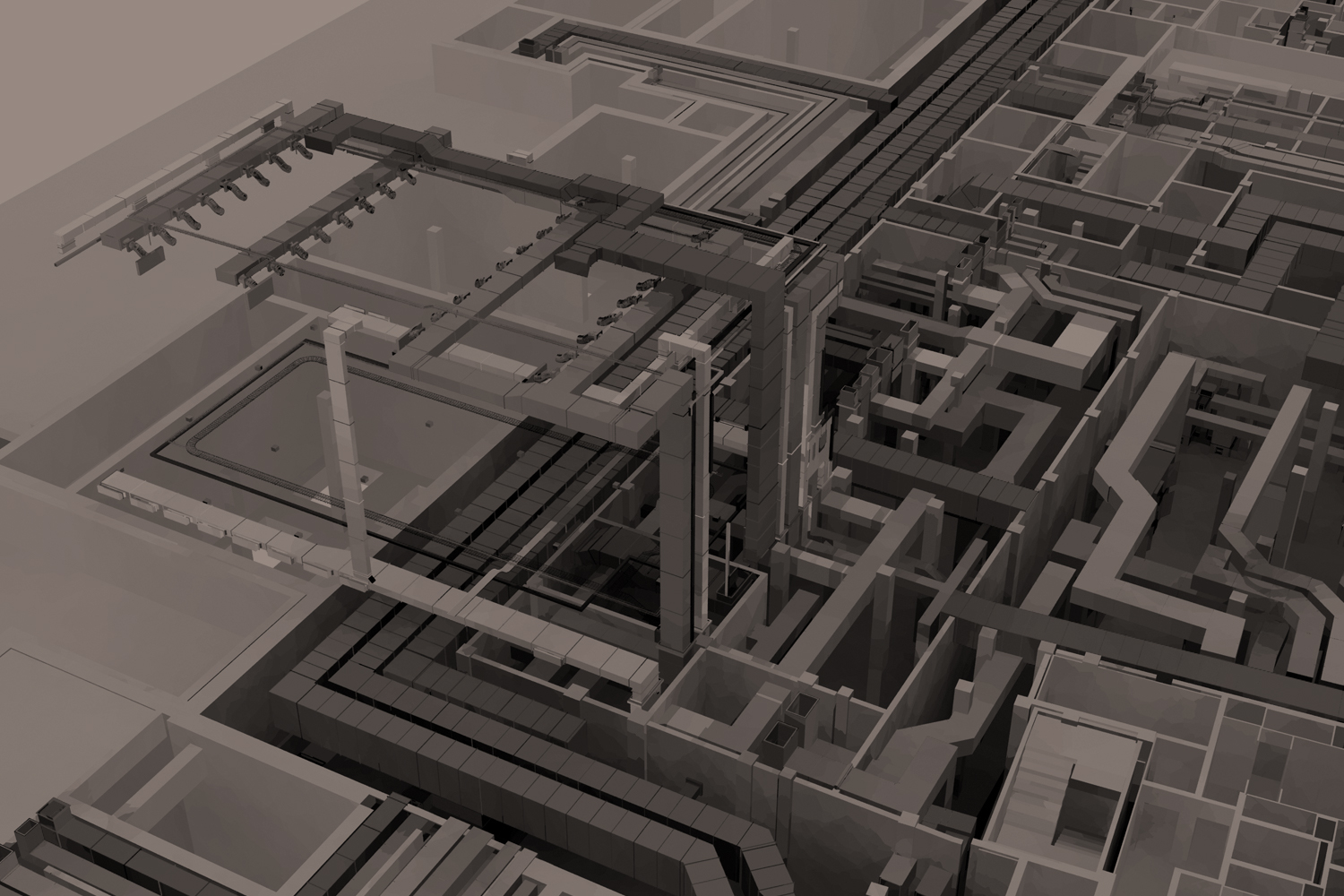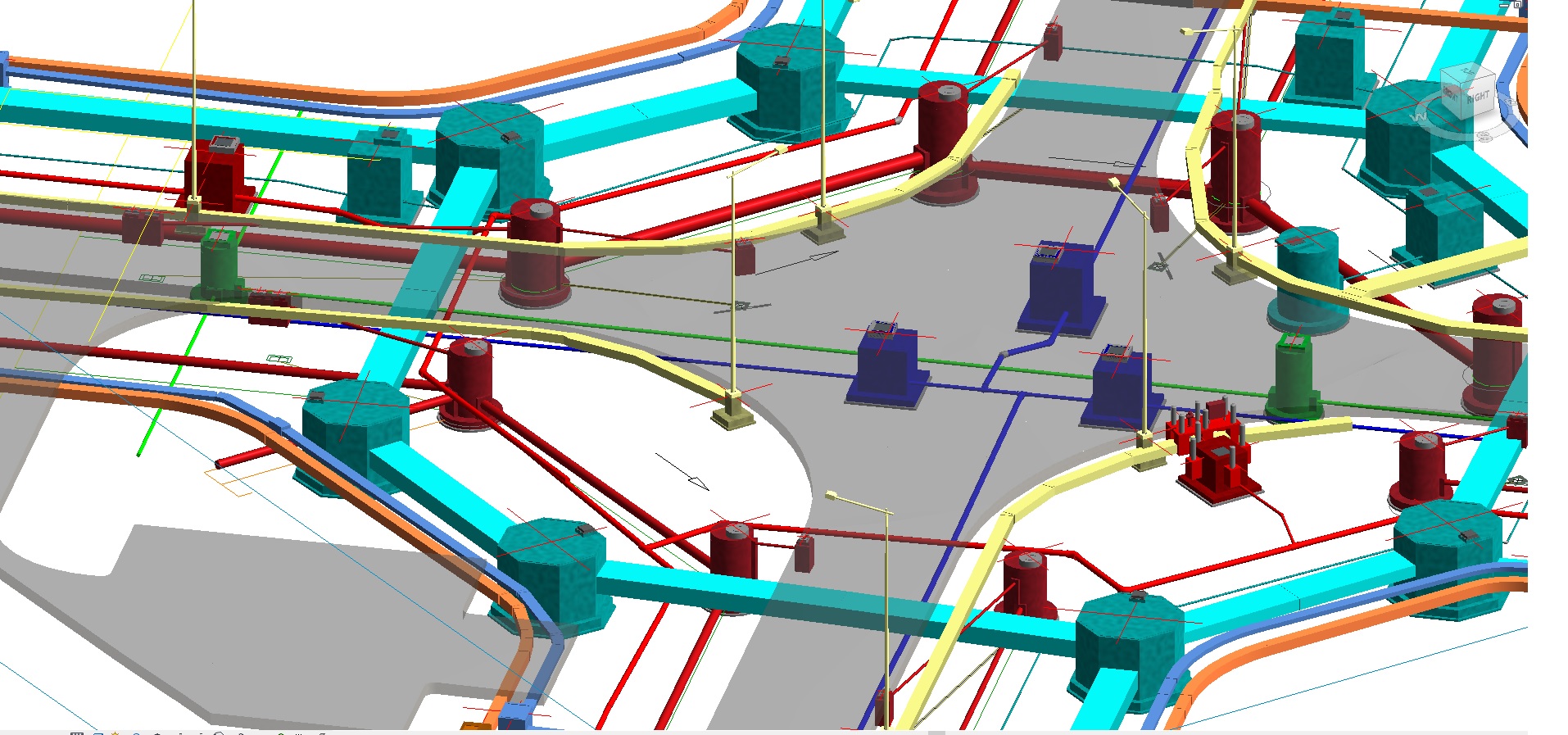The construction industry is undergoing a transformative evolution, and at the forefront of this revolution is the integration of Building Information Modeling (BIM) services. In particular, Structural BIM services play a pivotal role in reshaping the way buildings are designed, constructed, and managed. This article delves into the intricacies of developing Structural Services in the construction sector, exploring its significance, benefits, challenges, and the unique elements that contribute to its ongoing development.
Introduction to Structural BIM Service
For using digital technologies to produce thorough 3D models of buildings’ structural systems, structural BIM service provide an important advancement from traditional methods of building. This method provides seamless collaboration between architects, engineers, and construction experts across the whole project lifecycle, from conception to maintenance.
Significance in Modern Construction
The significance of Structural BIM Companies lies in their ability to enhance collaboration, mitigate risks, and optimize the entire construction process. Unlike traditional 2D drawings, BIM models provide a holistic view of a building’s structure, incorporating spatial relationships, quantities, and material specifications. This not only fosters better communication among project stakeholders but also facilitates accurate decision-making, leading to improved project outcomes.
Navigating the Future
The evolution of structural building information modeling (BIM) services is defined by ongoing developments and developing trends as the construction sector embraces the digital era. This section analyzes how shifts in the industry, technical advancements, and developing best practices are impacting the development of BIM services.
This investigation delves into the innovative trends that promise to fundamentally alter how structures are conceived of, built, and managed. These trends range from the addition of augmented reality in design reviews to the rise of generative design driven by artificial intelligence. Join us as we explore the latest trends leading structural BIM service towards a vibrant and revolutionary future.
Benefits of Structural BIM Services
Improved Collaboration: Structural BIM Solutions break down silos between disciplines, fostering collaboration between architects, structural engineers, and contractors. This collaborative environment minimizes errors, enhances coordination, and promotes a more integrated approach to construction projects.
Enhanced Visualization: BIM models offer a dynamic and interactive representation of the building’s structure. This visualization aids in better understanding, enabling stakeholders to identify potential clashes, design issues, or constructability challenges before they manifest in the field.
Efficient Project Management: The detailed information embedded in BIM models facilitates efficient project management. Tasks such as quantity take-offs, cost estimations, and scheduling are streamlined, leading to improved project timelines and budget adherence.
Lifecycle Management: Beyond construction, Structural Service contribute to effective facility management. The rich data within BIM models can be utilized for maintenance, renovations, and future expansions, ensuring the longevity and sustainability of the built environment.
Challenges in Development
While the benefits are substantial, the development of Structural BIM service is not without its challenges. These challenges include:
Initial Implementation Costs: The adoption of BIM technology requires an initial investment in software, training, and infrastructure. Small-to-medium enterprises may find this cost prohibitive, posing a barrier to widespread adoption.
Resistance to Change: The construction industry has traditionally been resistant to change. Convincing stakeholders to transition from conventional methods to BIM may encounter resistance due to unfamiliarity, skepticism, or a lack of understanding of the technology.
Interoperability Issues: Ensuring seamless collaboration across different software platforms remains a challenge. Interoperability issues can arise when various project stakeholders use different BIM tools, potentially leading to data loss or inaccuracies.
Unique Elements in Developing Structural BIM Services
Integration with IoT (Internet of Things): The future of Structural BIM service involves integration with IoT, enabling real-time monitoring and analysis of building performance. This convergence will allow for predictive maintenance, energy efficiency optimization, and enhanced occupant comfort.
Machine Learning for Design Optimization: Incorporating machine learning algorithms into BIM services can optimize structural designs based on historical data, ensuring that future projects benefit from the collective intelligence of past construction endeavors.
Block chain for Data Security: Addressing concerns related to data security and integrity, the integration of block chain technology in Structural BIM service can enhance transparency, traceability, and security in sharing and managing project data among stakeholders.
Conclusion
In conclusion, developing Structural Services in construction represents a pivotal step toward a more efficient, collaborative, and sustainable future for the industry. The unique elements, challenges, and benefits associated with this development highlight the ongoing evolution of construction practices. ENGISOFT ENGINEERING – BIM Staffing & BIM Services technology continues to advance, the integration of Structural BIM services will play an increasingly crucial role in shaping the way we conceive, build, and manage structures, paving the way for a smarter and more resilient built environment.











